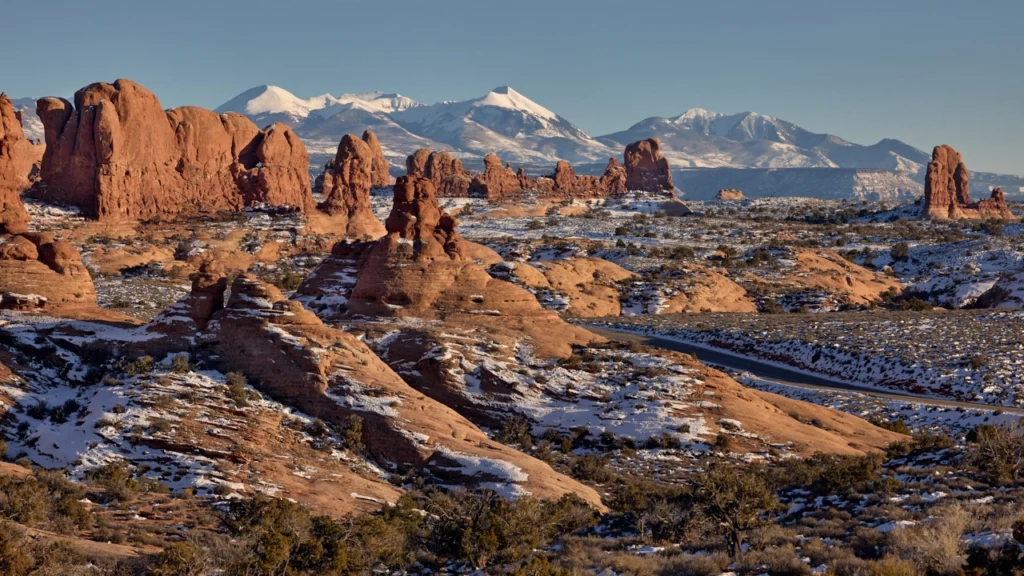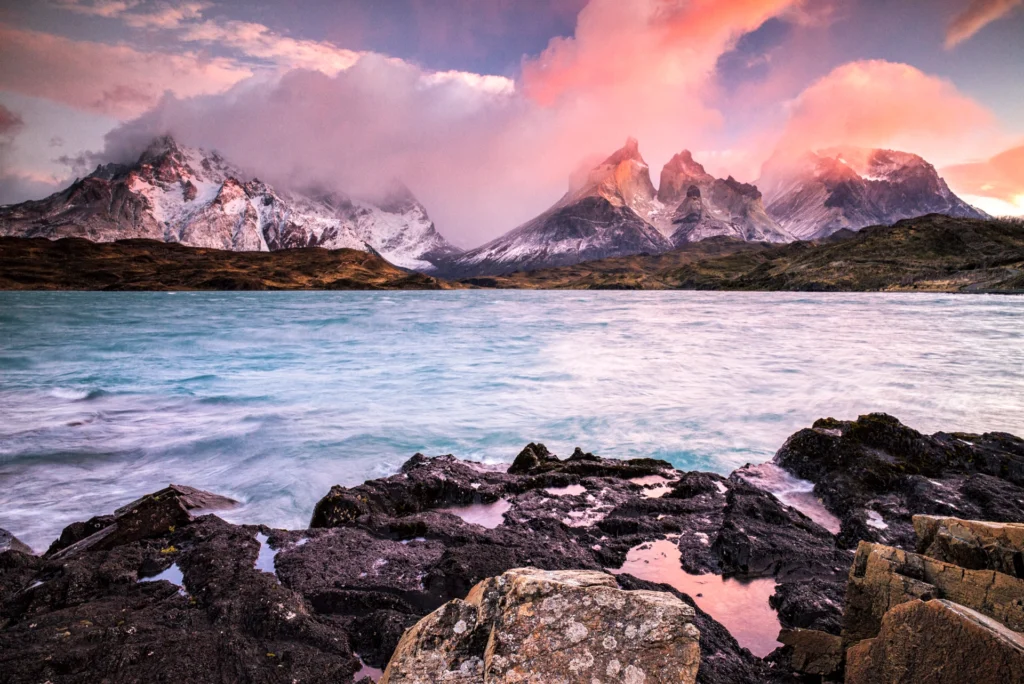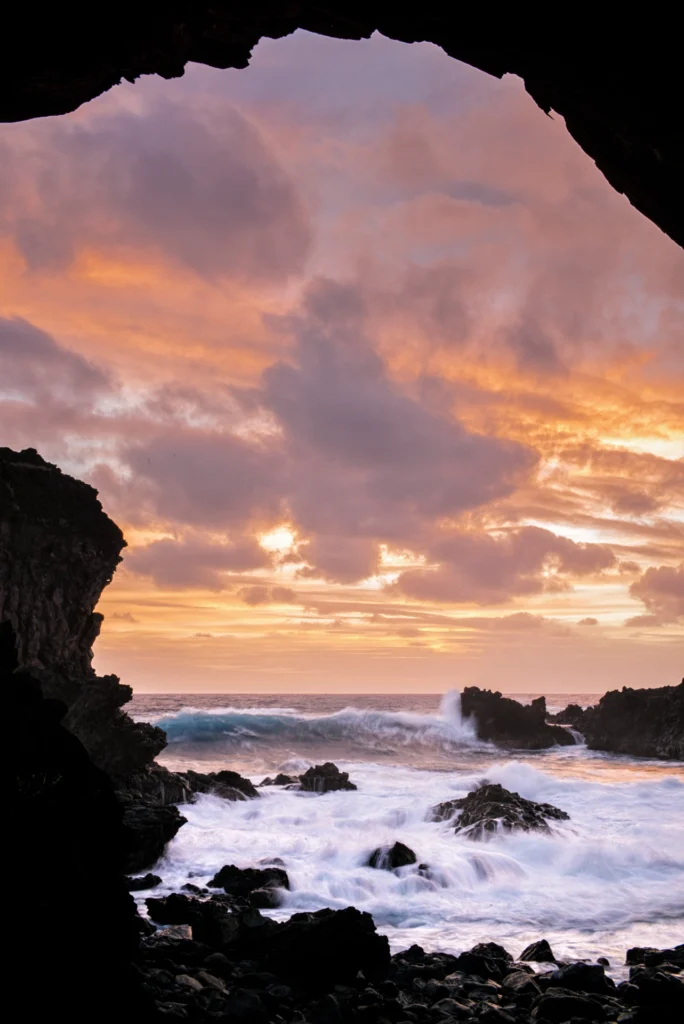Five Tips for Better Landscape Photography
Capture Stunning Photos of Sunsets
Nothing is better than being able to capture stunning photos of a beautiful sunset or how the light is catching that cloud during your hike. Nothing is worse than getting back to show your friends or family the grandeur you’ve witnessed only to present them with a photograph that doesn’t come close to representing the display of mother nature played out in front of your eyes. Follow simple rules to increase your likelihood of capturing amazing scenes that make viewers want to be there.

Keep the Horizon out of the Middle
Maintaining the rules of thirds is a good start to a pleasing appearance when it comes to composition. By taking the horizon out of the middle of your image and placing it close to an imaginary line, dividing it into three parts, the viewer will usually stay engaged longer. If you have a perfect mirrored reflection in a lake, this could be a great time to throw this rule out the window and use the symmetry you’re being presented with, but in most cases, the rule of thirds is very pleasing. In the image to the left, the foreground (brown rock formations) occupies the bottom two thirds, the mountains and sky the top third. The main features, fall along the lines dividing the image into roughly thirds.

Use Leading Lines to Draw the Viewer in

Keep Your Viewer Engaged with Anchor Points
You’ve managed to get the viewer to look somewhere in your photo; how do you keep them looking at it longer and more in-depth? After you’ve led their eye somewhere with your strong diagonal leading line, you need something for them to return to. This is where anchor points come in. This element of the image draws you back away from the direction your eye wants to gravitate, allowing you to keep the viewer’s eye moving through the photo. In this image, the pink reflection and light-colored rock at the bottom grab your attention to return your gaze from the colorful sunrise over the mountains.

Bad Weather? Great Images!
When storm clouds are heading your way, your first instinct is usually to pack up your camera gear and head inside. Fight the urge! When the weather takes a turn for the worse, moving clouds can create dynamic lighting, which definitely aids in creating stunning photos of the imagery. How many rainbows have you seen on a bluebird day?


Use Shutter Speed to Tell A Story
In most cases, this will require a tripod or a good stable surface to rest your camera. You have three main elements at your disposal to create the image your mind’s eye is seeing when taking a photograph shutter speed, aperture, and ISO. By altering the shutter speed you can determine if the moving water in your shot is displayed as droplets frozen in time or if it takes on a more wispy and painted look.
When your shutter is left open for a longer period of time, it captures anything passing in front of the lens until it closes. With a longer shutter speed, it will capture all of the movement, in this case, waves crashing over rocks during sunset. Here the longer shutter speed allows the motion of the water to cascade over the rocks in the foreground while it is still fast enough to capture waves in the background.